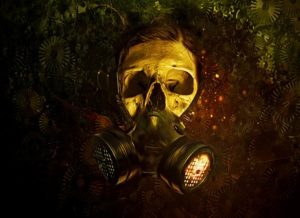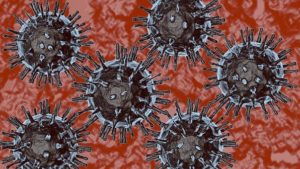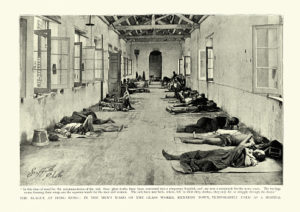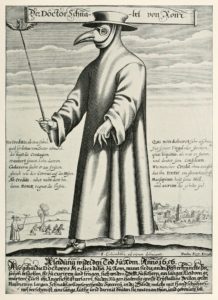
Bubonic plague is a lethal virus that took the lives of millions in the 17th century. And even though with Coronavirus we thought that this will be it, turns out it’s not. In fact, this disease has been diagnosed in China few days ago. Inner Mongolia is already taking precautions after a Bubonic plague case was confirmed in the country, as China confess that their might be more cases.
What Is The Bubonic Plague?

Bubonic Plague is behind the most deaths from a disease in the world. It’s often referred to as the Black death, which occurred between 1331-1770. The total death toll is estimated to be 25 million people in Europe only. Moreover, according to investigations and research, it’s basically a ‘‘painful lymph node swellings called buboes, primarily found around the base of the neck, in the armpits and groin which oozed pus.”
In 2020, china confirmed their first positive case of bubonic plague. it goes back to a man in Urad Middle Banner, in Bayannur city. The second suspected case concerns a 15-year-old, who possibly had contact with a dog who had the plague.
How Did The World Deal With It In The Past?

In the past, things were obviously different when it comes to facing pandemics. there was no technology, research, advanced medical tools and such. However, the Bubonic plague remains a mysterious disease, and even nowadays scientists are expected to struggle with it. In addition, medieval generations did resort to natural remedies in their fight against the plague. This includes applying a mixture of tree resin, inject snakeskin, and even drinking the pus of lanced buboes. (Eww….)
Medieval Doctors Wore Beak Masks In Their Fight Against The Disease

That being said, doctors also tried their best to deal with the outbreak of the plague. They are known mainly for their created costumes, that revolved around a beak mask. They believed back then that such a mask can prevent air-infections, and also avoid the bad smell associated with the disease.
Nevertheless, there is no reason to worry about a possible re-outbreak of the Bubonic plague. In fact, nowadays, it can be cured by the use of antibiotics. Symptoms include: High fever, chills, nausea, weakness and swollen lymph nodes in the neck, armpit or groin.
Photos: Pixabay.
